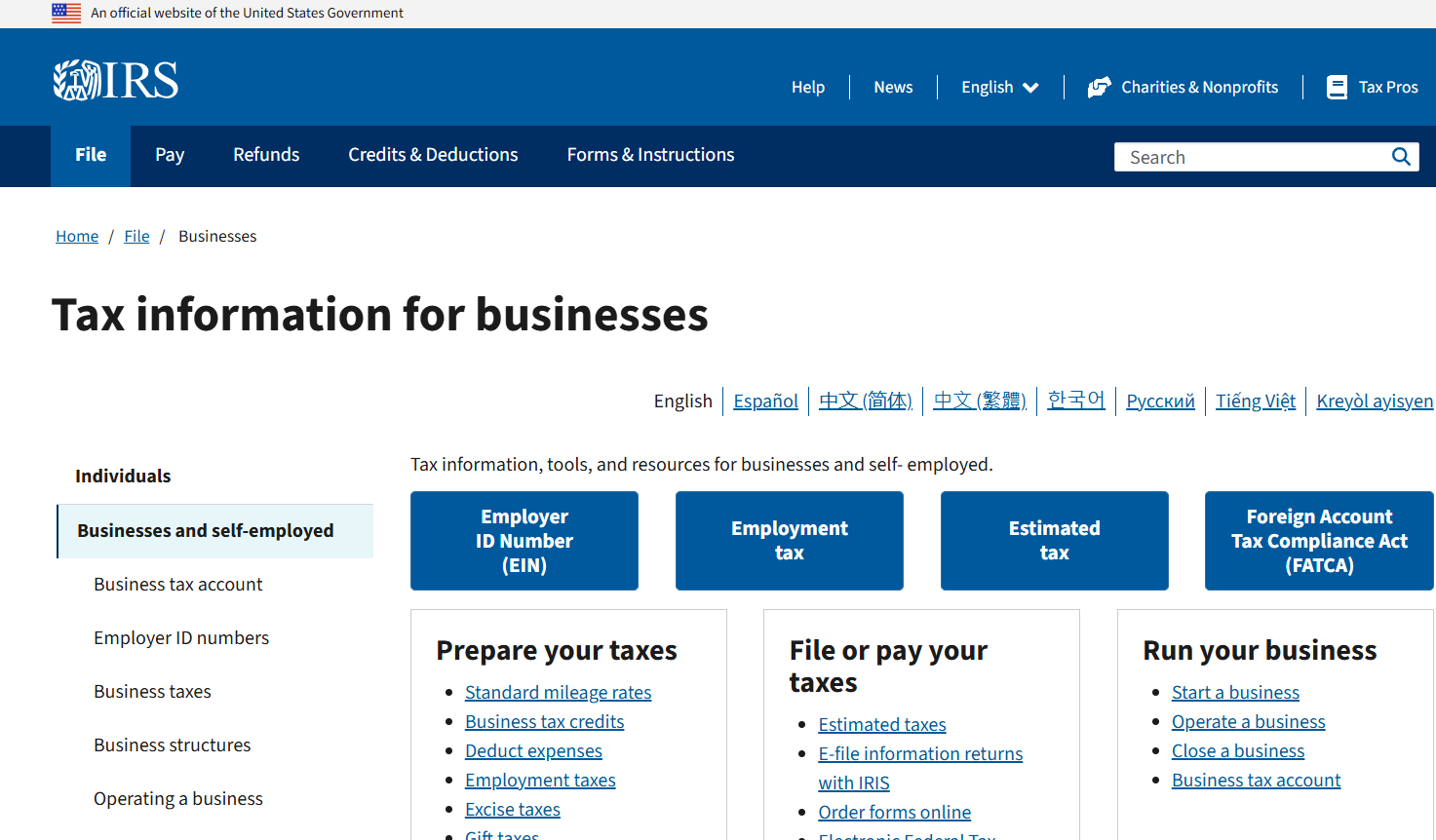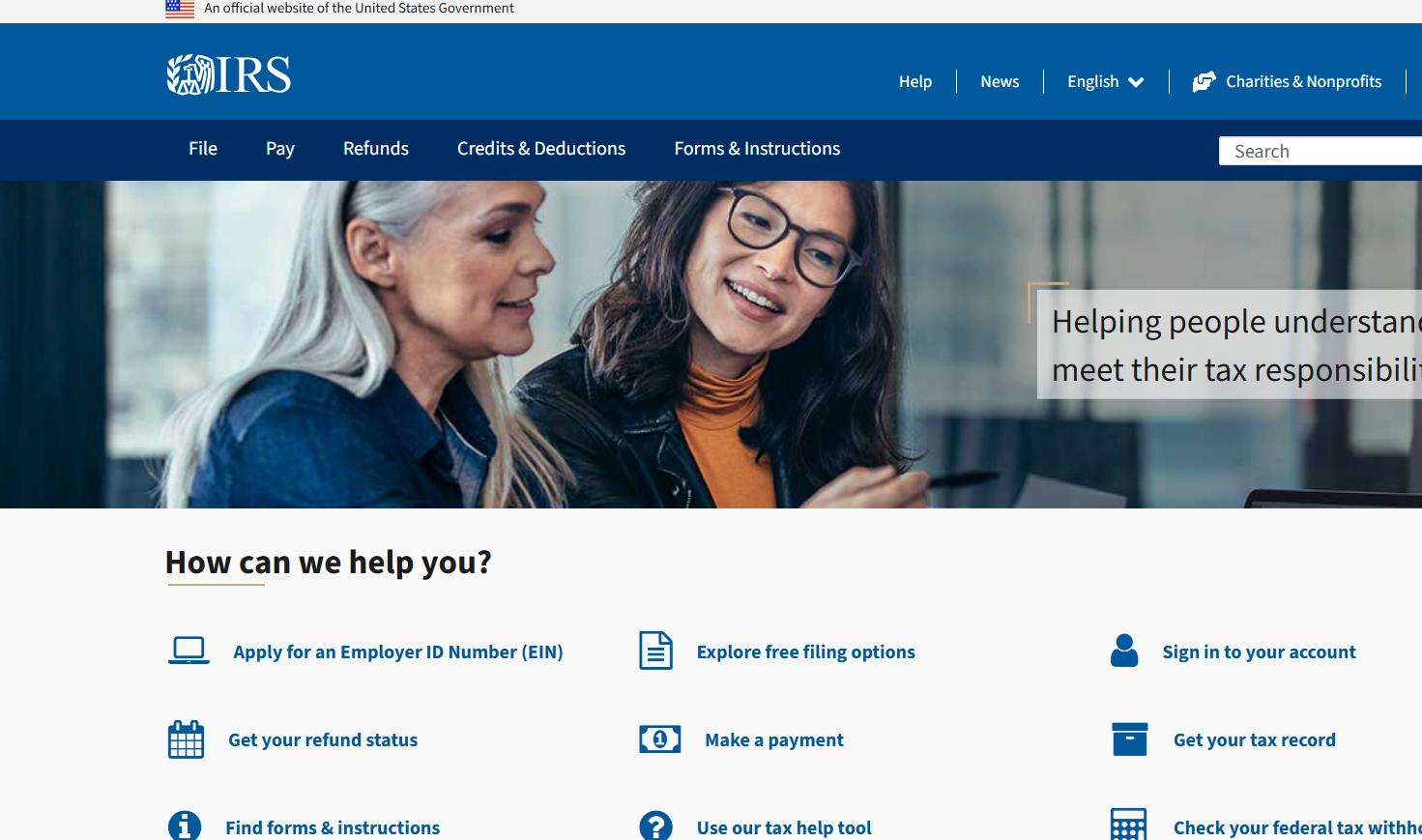Requirements for a Certified Audit of a Nonprofit Organization
by Gregory S. Dowell
Many nonprofits are taken by surprise by the need to have a certified audit performed. Because so much public trust is placed in nonprofits and their missions, certified audits are seen as a critical way to protect the public interest. In most states, the need to have a certified audit is dictated by the Attorney General (the need for a certified audit is not an IRS requirement), and there is generally a gross receipts threshold that is applied.
In the State of Illinois, a certified audit is required if the nonprofit has gross contributions that exceeded $300,000 or if the organization used a paid professional fundraiser which raised contributions in excess of $25,000. For this purpose, gross contributions include the gross sums paid by the public for merchandise, rights or services of the organization, as well as any cash donations. Among other penalties, failure to have an audit performed will result in the State revoking the nonprofit organization’s ability to solicit funds in the State. A copy of the certified audit is attached to the nonprofit’s annual tax return filed with the Illinois Attorney General’s office.
So what is a certified audit? A certified audit is the process of a public accounting firm giving an opinion on whether the financial statements of an entity fairly present the financial position of that entity (“financial statements” of a nonprofit are typically referred to as the statement of financial position, statement of activities, and statement of cash flows, along with the accompanying notes to those financial statements). In order to give that opinion, a public accounting firm (commonly known as a certified public accounting firm or a “CPA firm”) follows generally accepted auditing standards, which require that the CPA firm plan and perform the audit, then analyze and test the underlying accounting and financial records. Importantly, not all CPA firms are allowed to audit nonprofit entities. Only CPA firms who are part of the “peer review” process are allowed to perform audits. This covers only a fraction of CPA firms. A list of these firms may be found at the website of the State CPA Society (in Illinois, the site is ICPAS.org) or the AICPA (AICPA.org).
Because of the volume of transactions at some entities, it is not possible to test all transactions or to have perfect knowledge of all of an entity’s activities or exposures. For that reason, a CPA firm is charged with obtaining “reasonable assurance about whether the financial statements are free from material misstatement.” The CPA firm does not give an opinion that the financial statements are perfect, but rather that the financial statements fairly present, in all material respects, the financial position of the entity.
Good planning will allow a nonprofit to anticipate the need to have an audit in advance and to build the cost into their budget. Simply put, certified audits are expensive, and for a very good reason. CPA firms are required to follow professional regulations and a rigorous process in performing an audit. As with most processes involving CPAs, the process of documenting how the opinion was achieved is extensive. When a certified public accounting firm gives that opinion, that CPA firm must stand behind that professional opinion. Lenders, the general public, and other stakeholders rely on those financial statements to make monetary decisions; it doesn’t take much imagination to see the financial risk that a CPA firm assumes every time the CPA firm gives a professional opinion.
How much will an audit cost? That question can only be answered on a case-by-case basis, as it depends heavily on the quality of the entity’s accounting records and the risk and complexity of the entity. Even for the smallest or the newest entity, however, a CPA firm must follow strict guidelines that can not be shortcut or trivialized. Performing a certified audit for even the smallest of entities, at today’s prices and assuming the audit is performed by a local CPA firm, will rarely cost less than $6,000. Assuming the nonprofit had gross receipts of $300,000 and is required to have its first audit, the audit fee can easily represent 2% of the nonprofit’s total gross receipts. Because this is a significant outlay of the entity’s funds, it is important that the organization’s board plans ahead. While some CPA firms perform audits of nonprofits and it is not uncommon for some CPA firms to use a discounted professional rate scale, because of the potential financial risks involved, CPA firms can not be expected to perform these audits at heavily discounted rates.
In future posts, we will discuss what an organization can do to help keep its audit costs down. While the audit requirement and its cost can not be ignored, it is also important to remember that managing the audit fee to the lowest reasonable level will enable the nonprofit to allocate more of its scarce resource to its charitable cause.










